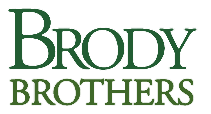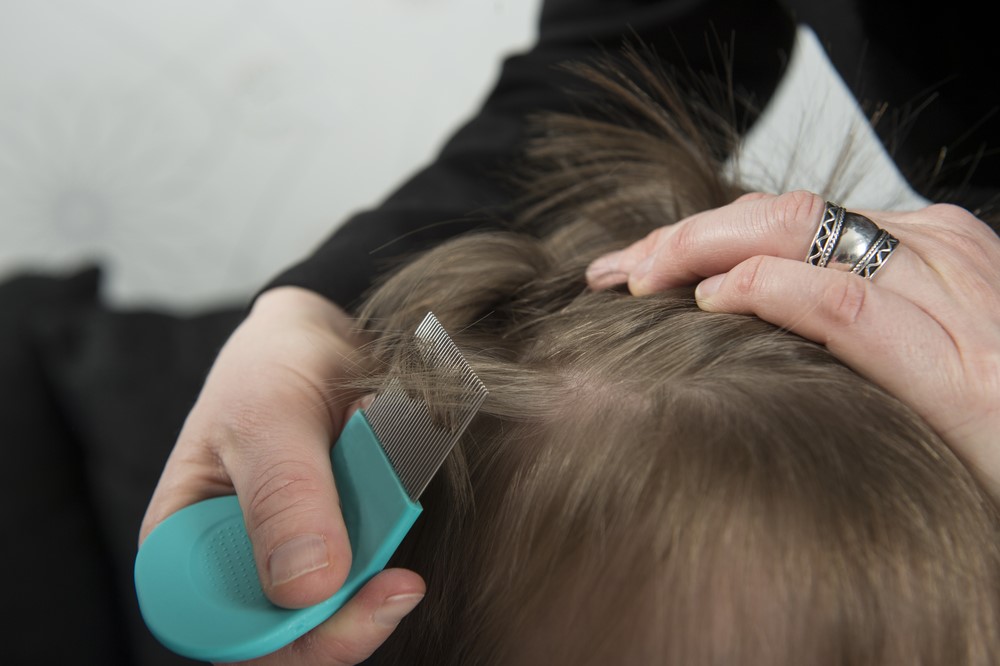Every year, we receive calls from concerned parents about head lice, and every year we have to let them know that head lice are a medical issue and not a pest control issue. Are you dealing with a bad case of head lice or concerned about preventing your children from catching a nasty infestation? Here’s what you need to know!
All About Head Lice
Head lice are parasitic insects that can be found on the head, eyelashes and eyebrows. They feed on human blood several times a day and live near the scalp. The most commonly affected people are children attending school or another child care facility. An estimated 6-12 million infestations occur every year in the United States.
Symptoms of Head Lice
Head lice are not considered a hazard because they do not transmit disease, but they are annoying and itchy to deal with. The most common symptoms of a head lice problem include:
- A tickling feeling on the scalp or head
- A feeling of something moving on the head
- Sleeplessness
- Sores or bumps on the head as a result of scratching or an allergic reaction
How to Treat Head Lice
If you have an active infestation of head lice, treatment is essential. If one member of your household has lice, every member should be screened to see if they are also dealing with a lice problem. Treatment for lice can involve an over-the-counter or prescription treatment and a thorough cleansing of the area around the affected person. Pillows, sheets, clothing and anything else that could be holding onto lice should be laundered in hot water. Once you visit the doctor, they can give you more information on treatment.
How to Prevent Lice
The most common transmission method for lice is hair-to-hair contact. However, lice can also be transmitted through sharing clothing, hats or belongings where nits are attached to hairs that have fallen. Head lice can only survive 1-2 days off of a person if they cannot feed. To prevent lice:
- Avoid head-to-head contact and teach your children the importance of avoiding hair-to-hair contact.
- Never share clothing items like hats, scarves, jackets, uniforms, barrettes or hair ribbons.
- Never share combs, brushes or hair towels and disinfect all three if someone in your house has lice.
- Launder the sheets, bedding and pillows that the affected person used.


